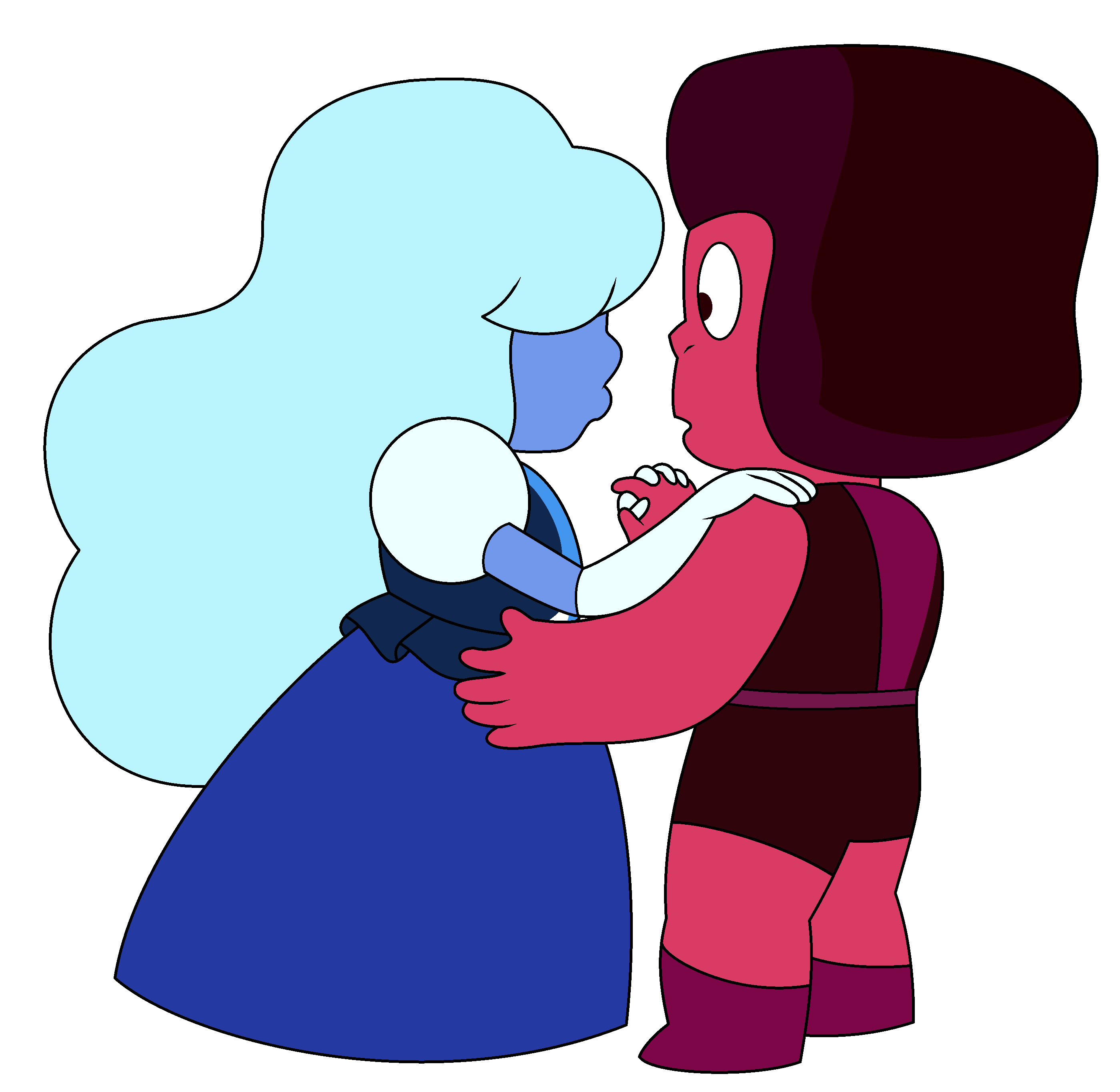

Blue kyanite is colored by the same charge transfer process as blue sapphire. Sapphires undergo "heteronuclear" charge transfer as electrons are transferred between ions of different elements. The "forbidden" transitions in the ligand field-colored ruby are much weaker. Charge-transfer transitions are strong because they are "allowed" by quantum considerations. This energy jump is comparatively easy for electrons to achieve when light shines on the crystal. While at least 1% chromium must be present in corundum before the deep red ruby color is seen, sapphire blue is apparent with the presence of only 0.01% of titanium and iron. Intervalence charge transfer is a process that produces a strong colored appearance at a low percentage of impurity. There can be adjacent pairs in different directions since the spacing between the atoms is different, so is the energy-level spacing. When this light is subtracted from incident white light, the complementary color blue results. This schematic shows the wavelength of the energy required for the transfer of electrons This schematic shows the wavelength of the energy required for the transfer of electrons from Fe 2+ to Ti 4+ corresponds to yellow light. This occurs because there is enough overlap between the outer orbitals of Fe 2+ and Ti 4+ to allow an electron to pass from one ion to another. When Fe 2+ and Ti 4+ ions occupy two adjacent sites in a corundum crystal, the transfer of an electron from the iron cation (positively charged) to the titanium cation (positively charged) can now change the valence state of both. If Fe 2+ and Ti 4+ ions are substituted for Al 3+, localized areas of charge imbalance are created. Iron can take the form Fe 2+ or Fe 3+, while titanium generally takes the form Ti 4+. The process at work is called intervalence charge transfer or cooperative charge transfer, which is the transfer of an electron from one transition-metal ion to another. If both titanium and iron impurities are present together, however, the result is a magnificent deep-blue color. If a similar amount of iron is present, a very pale yellow color may be seen. Corundum contains a repeating unit of aluminum oxide and is colorless.Ĭorundum that contains a few hundredths of one percent of titanium is colorless.


 0 kommentar(er)
0 kommentar(er)
